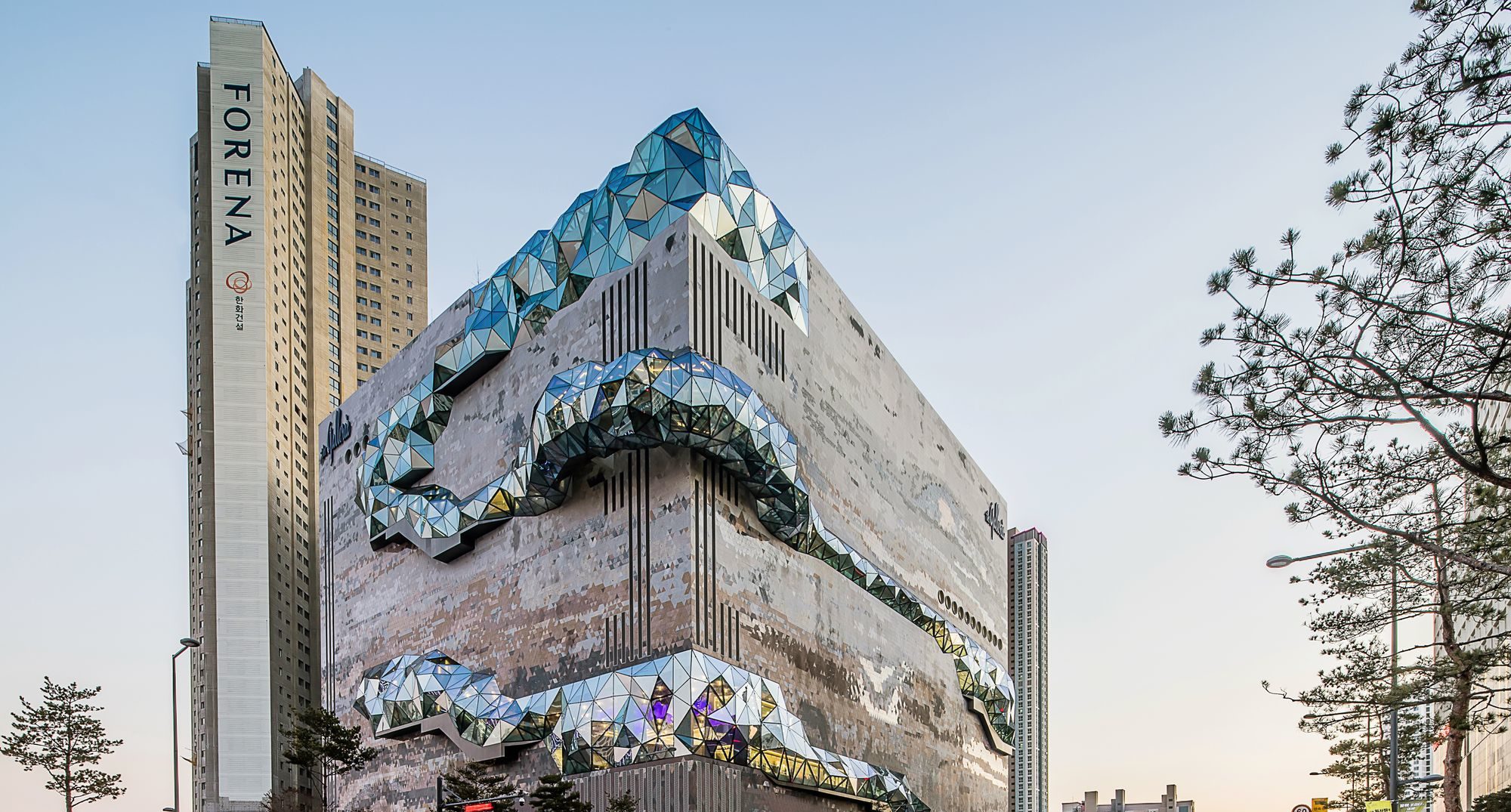Architizer Jobs is back! Browse the jobs board and apply for architecture and design positions at some of the world’s best firms. Click here to sign up for our Jobs Newsletter.
After a year of lockdowns and travel-bans, perceived value of our interior spaces has been amplified. Over 46% of homeowners improved their homes in some way throughout 2020 and 2021. From updating paint colors to erecting offices at the foot of the garden, the DIY industry thrived as people took the time to understand what they needed to do to get the most from their homes. Due to the constant stream of imagery from Pinterest boards, Instagram feeds, TikTok clips, finding inspiration and replicating great design has never been easier.
If everyone can be their own interior designer, without training, what does it mean for those of us in the profession and for the future of the design practice?
Many people believe that the job of an interior designer consists of coordinating fabrics, sourcing distinctive furniture and deftly layering color pallets. A beautiful mood board is constructed and implemented, concluding in a harmonious and trend-driven aesthetic. While it is true, decorative elements are a huge aspect of the job, the true practice of interior design is one of acute problem-solving. Understanding user experience by asking “What is the space and how is it used?” lies at the backbone of every interior design project. Interior design is not a monolithic career choice — the knowledge of how people use space and the ability to translate that into a tangible environment varies significantly by specialization.

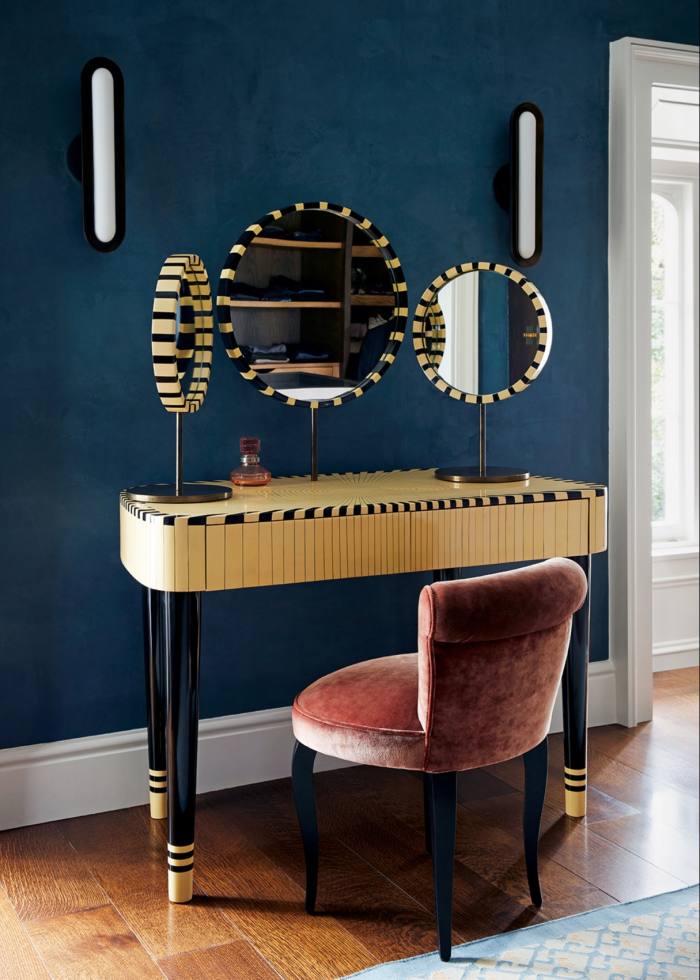
A Dublin House by Charles & Co, Dublin, Ireland, Photographs by Stephen Johnson
Residential Design
Residential interior design is the branch of interior design that most often gets muddied with interior decorating. While some projects may solely require a designer to choose furniture, fabrics and other decorative elements, redesigning someone’s home usually requires a much more in-depth approach. Almost all homeowners already know what they like and what they want; they know their own personal style and understand the desired outcome for their project and rely on the designer’s knowledge of suppliers, manufacturers and contractors.
Meanwhile, the greater problem tackled by residential interior designers relates to the function of the home. Each homeowner or family uses their space in a particular way. No two clients are the same and neither are their day-to-day requirements. While some may need spaces that are optimal for hosting parties, others may need quiet serenity if working from home. Many want both. The challenge to the designer is understanding first how the space is used and, secondly, how the space can be constructed or adapted to meet the required functions. The task is to seamlessly merge the new function with the client’s desired aesthetic.
This is exemplified by Charles & Co, the interior design business founded by Vicky Charles and Julia Corden, which focuses on the emotive response that can be conjured from excellent interior design. Luxurious in style and finish, the team not only develop beautiful aesthetics but also manage to acutely capture the personality of each individual owner throughout the properties they work on.
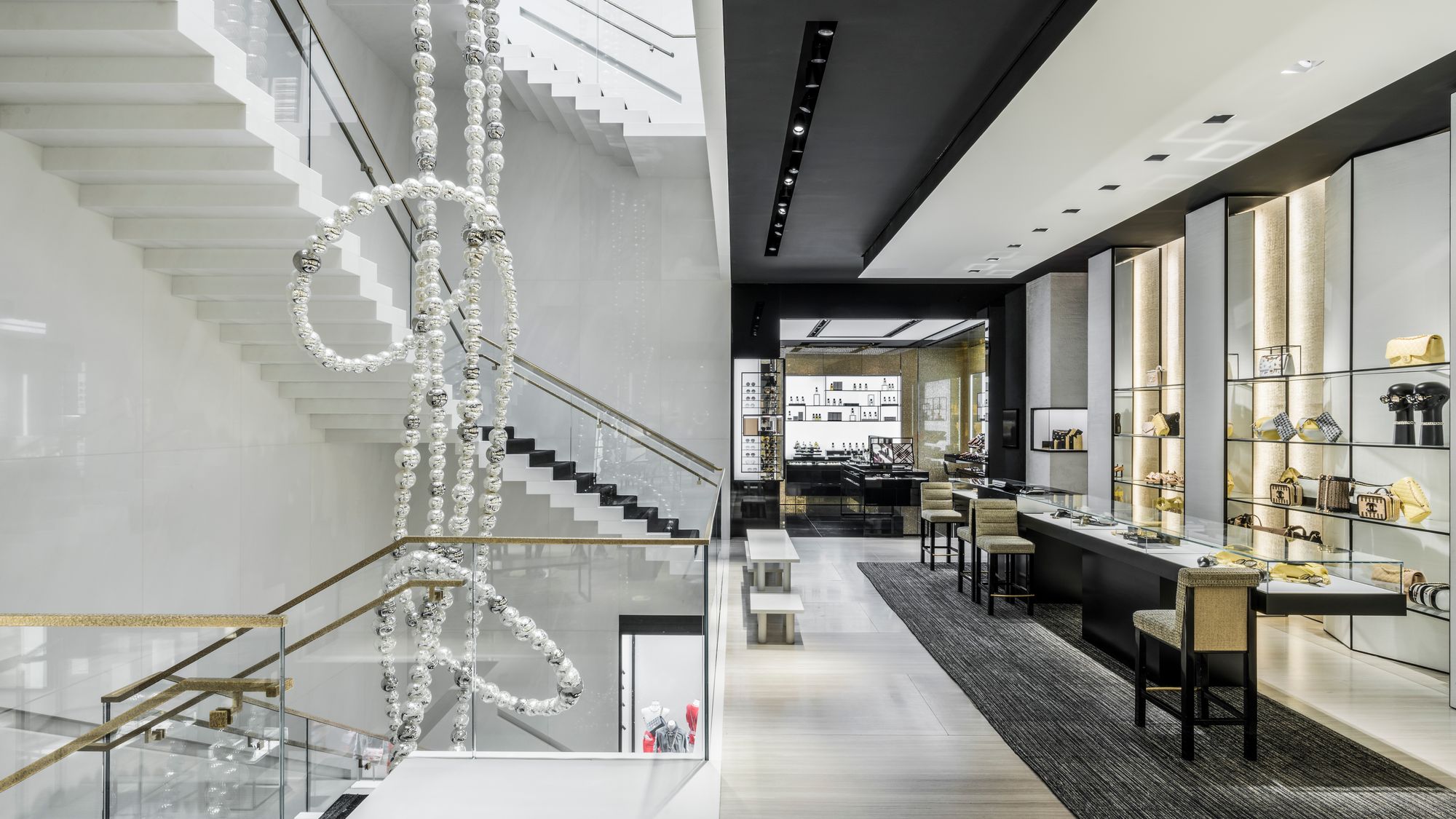

Chanel 57th Street by Peter Marino, 2018, New York, NY, United States, Photographs by Manolo Yllera
Retail Design
Retail design is the most transient of the interior design fields. A retail environment changes considerably more than a home or a hotel, and retail spaces will often develop over seasons, adapting to accommodate fashions and consumer needs. Often, a retail space will be stripped out and redesigned in just a matter of years.
Retail spaces are primarily there to support the objects within them, both literally, in the form of shelves, racks and displays, and metaphorically, as a space to emphasize brand values and engagement. The practice of retail design is thus inherently driven by trends and takes a great deal of branding, marketing, advertising and sales knowledge to get it right. Properly considered retail design directly impacts the success of any business and the interior designers in this field are trained to translate a brand’s ethos, values, and objectives into a physical space.
Peter Marino is one of the world’s most coveted retail designers. Having worked on some of the most prolific high concept retail experiences for the most recognized brands in existence. Marino has an unmatched talent for entwining a brand’s ideology and aspirations, and conjuring them into a physical space. Recognized as a brand in himself, Marino is an innovator who manages to showcase products in wholly unique and engaging ways. He has an ability to encapsulate the heart of the business he is working for while always pushing the boundary of interior design.
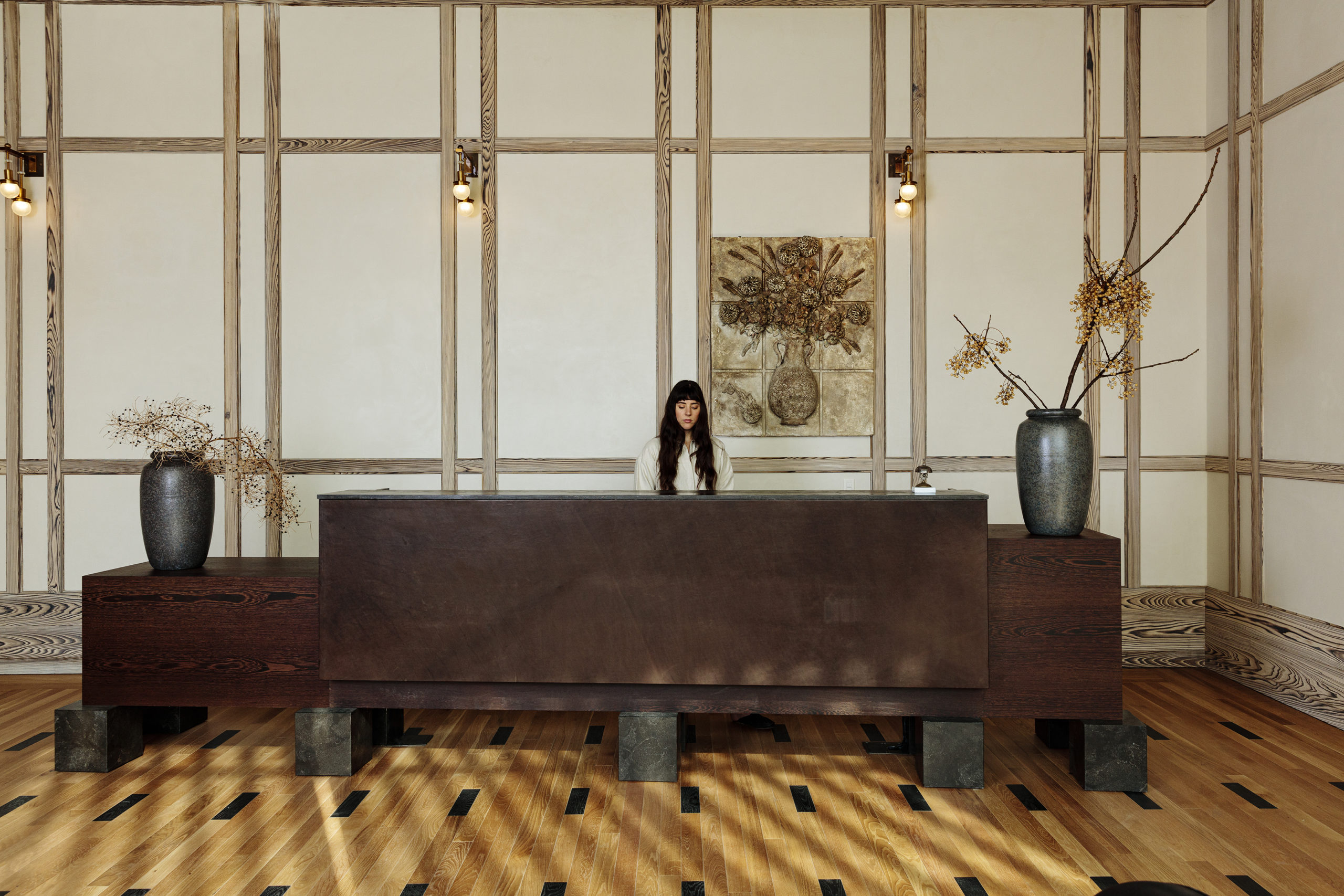
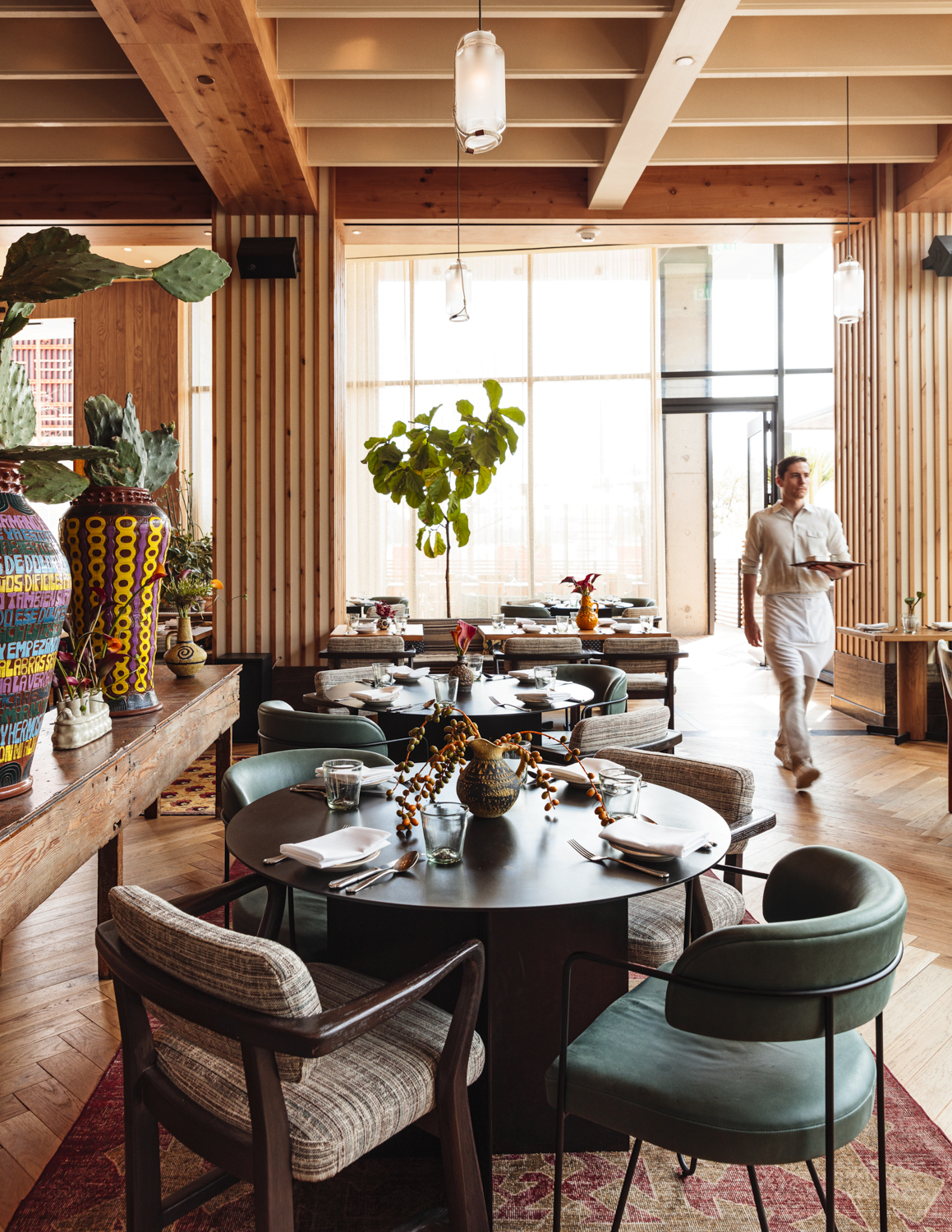
Austin Proper by Kelly Wearstler, Austin Texas, United States Photographs by The Ingalls
Hospitality Design
Hospitality design is a vast and varied arm of interior design, as well as being the most experience-based branch. It covers everything from hotels, bars, restaurants, cafes, hostels and even food trucks. In the hospitality industry, success is attained through engagement. Guest engagement drives footfall and, in turn, profit. This need to captivate guests falls not only to the branding and marketing teams but also to the designer. An inspiring and exciting design in a hospitality environment can be the difference between success and failure.
Understanding what the people who will explore a location will appreciate, combined with a functional working environment, helps to ensure people visit again or encourage others to visit — a factor that is vitally important in the hospitality industry. Hospitality design is becoming increasingly more challenging. The advent of social media means the general public are less easily impressed as they feel they have “seen it all.” Successful designers today must be nuanced innovators, approaching ideas that may have been seen before but in new and engaging ways.
Kelly Wearstler is the name synonymous with hospitality design. An icon of interior design, her work is recognized as some of the best in the world. Fuelled by juxtapositions and stepping away from the norm, Wearstler’s designs are recognizably hers, but that’s where the familiarity ends. Her projects are unique, awe-inspiring, and sometimes seemingly strange, in the best possible way. Understandably, her uniqueness and nerve are a perfect match for the needs of today’s hospitality industry and she and her team continue to drive the industry forward into unmarked territory, one project at a time.
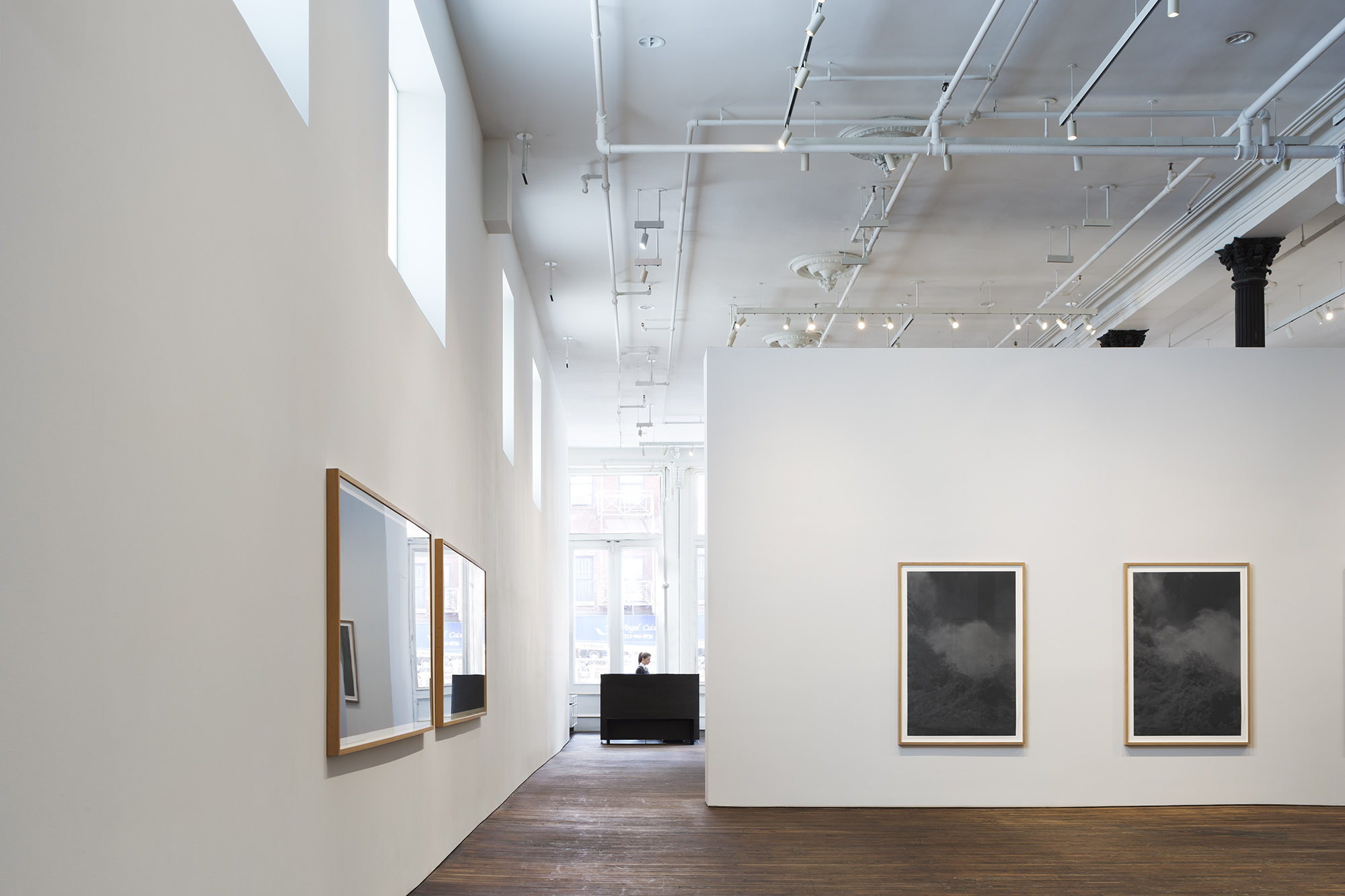

Peter Freeman Gallery by Toshiko Mori Architect, New York, NY, United States, Photographs by Michael Moran Photography
Community Design
The interior design of community spaces is arguably the most overlooked subdivision of interior design. It covers an array of public spaces, including but not limited to libraries, museums, galleries, city halls and visitor centers. Focused on the development and improvement of society, community interior designers look at our public environment and endeavor to create beautiful spaces that benefit their local surroundings. The inclusion of a well-designed community space can help boost an area’s economy, provide safe and comfortable spaces for local people to enjoy, and educate visitors and locals alike. When designing community spaces, interior designers must be in tune with the surrounding environment; they must be culturally sensitive and have a deep consideration for sustainability and diversity.
Toshiko Mori is best known for her incredible social and economic design work. An architect by trade, her contribution to the interior design of community spaces is unmatched. Inspired by the world’s natural elements, her projects aim to improve the situation of humanity by encouraging the active participation of society in her spaces. She emphasizes the importance of understanding the ethos of the communities she seeks to serve and her designs are conscientious and considerate while adopting new technology and sustainable ideals.
There are fundamental gaps in understanding the profession of interior design and it’s imperative that we break the notion that professional services can be replaced by a curated board of pretty pictures. Although great aesthetics can be achieved by many, the truth remains that, interior design is a complex and incredibly rewarding profession. The work of interior designers helps to shape the world we live in, it amplifies the emotions we feel while we are in certain places and it strives to make people’s lives better and more enjoyable.
Now it’s time to get hired! Check out Architizer’s architecture jobs board and apply for jobs at BIG, Handel Architects, Workshop/APD and more.
Sign up for our Jobs Newsletter





 Fass School and Teachers' Residences
Fass School and Teachers' Residences 